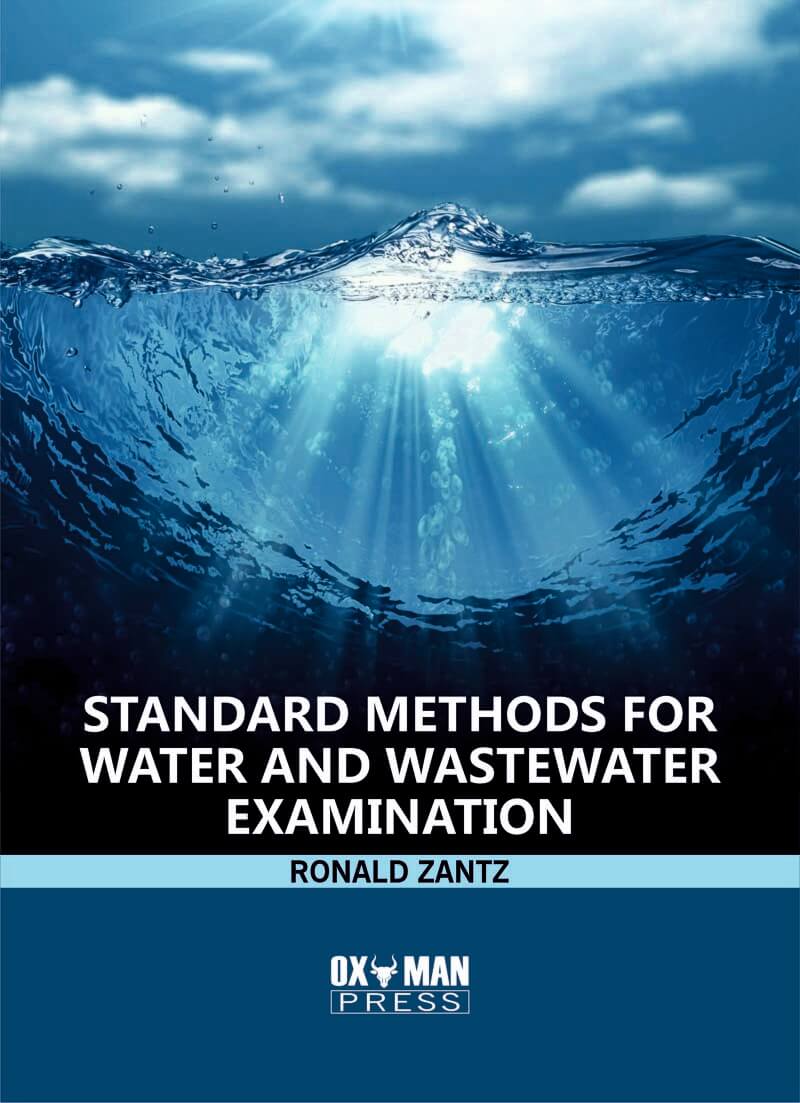Standard Methods For Water And Wastewater Examination
| ISBN | 9781778807875 |
|---|---|
| Author | Ronald Zantz |
| Publisher | OXMAN PRESS |
| Publication Year | 2023 |
| Category | Environmental Science |
| Price | $178.00 |
Ronald Zantz is a Professor Emeritus of Environmental Engineering at Macademia State University. His senior-level design class was called Water and Wastewater Treatment Plant Design, and he was the instructor. During the course of his lengthy career as a professor. Additionally, he was the Director of the Environmental Protection Agency Grant in Water Quality Control while he was working there. Analysts, researchers, and regulatory officials continue to rely on the manual that was recently published by Ronald Zantz and titled
